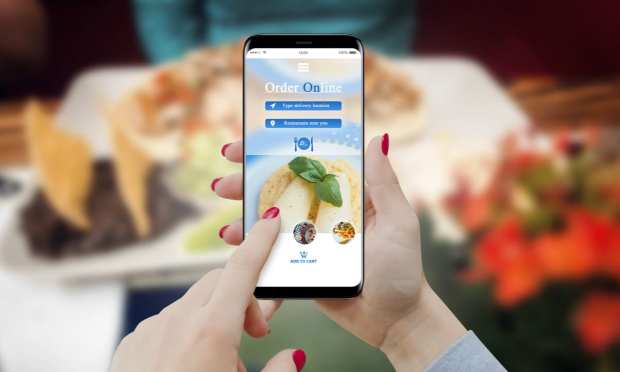Restaurants Combining Mobile Order-Ahead And Loyalty Into Tasty Digital Dish

Restaurants of every size and description experienced a polar shift this year in how they interact with and serve a public under constant fear of illness or loss of income. It’s triggered a downpour in new approaches and solutions as the sector steadies itself for the future.
The PYMNTS December 2020 Restaurant Readiness Index, a Paytronix collaboration, surveyed a census-balanced panel of nearly 2,200 U.S. consumers and 490 restaurant operators looking for digital strategies that help deliver improved experiences and boost average unit volumes.
Finding revenue declines among smaller indie operators, the new research makes the observation that the more digital one becomes now, the better off they are going forward.
“The combined use of both mobile order-ahead options and loyalty programs serves as a key differentiator separating top performing restaurants from the rest. Top performers provide a greater variety of ordering and payment options as well as loyalty and rewards programs than either middle performers or bottom performers,” per the new Index. “Our research shows that 92 percent of top performers allow their customers to place mobile orders ahead of time, and the same share also provide access to loyalty and rewards programs. This makes mobile order-ahead and loyalty pro- grams the two most common offerings among those companies that earned the highest Restaurant Readiness Index scores. These features are only offered by 32 percent and 21 percent of bottom performers, by comparison.”
And The Most Important Feature Is …
Digging further into findings from the December Restaurant Readiness Index, the digitally deft and combination of ordering and loyalty tech is transforming the sector at speed and scale.
“Loyalty and rewards programs are the most important feature that prompts consumers to spend more. Our research shows that 39 percent of all restaurant customers would likely spend more if their usual restaurants offered loyalty and rewards programs. Thirty-eight percent and 37 percent say the same for the ability to order online and the ability to pay online, respectively,” per the Index.
However, the research also finds that just 62 percent of restaurants offer loyalty and rewards programs, “despite it being the most likely feature to boost customers’ spending.” That’s a perilous gap, and not one that restaurant operators want to be on the wrong side of.
“Our research shows that only 51.3 percent of restaurants with $250,000 to $1 million in AUV and 41.3 percent of restaurants with less than $250,000 in AUV provide loyalty and rewards programs. This signals that loyalty and rewards programs are a significant yet underutilized tool in restaurants’ efforts to improve their revenues amidst the economic downturn, especially among the very restaurants that are in greatest need of a boost,” the Index states.
Digital-First Differentiators
In another curious reversal of the COVID era, dining options have both declined and increased simultaneously. That’s the digital shift hard at work, and it’s keeping businesses alive.
Finding that “23 percent of all restaurants say their customers are engaging more now with their online purchasing channels and digital options than they did before the pandemic, underscoring the broader market shift toward digital commerce,” the new Restaurant Readiness Index adds, “56 percent of restaurants that have observed lower AUVs have experienced mobile ordering increases since the pandemic began.”
It’s a positive sign, proving that many eateries can digitize their way back to profitability.
“Offering ordering and payment choices in digital and brick-and-mortar purchasing channels is a key differentiator separating top-performing restaurants from the rest of the pack.
Two standout features are particularly common among top performers: loyalty and rewards programs and the ability to pay via mobile app,” per the new Index. “Our research shows that 92 percent of all top performers offer these features, making them the two most commonly offered purchasing options among digital-first restaurants.”